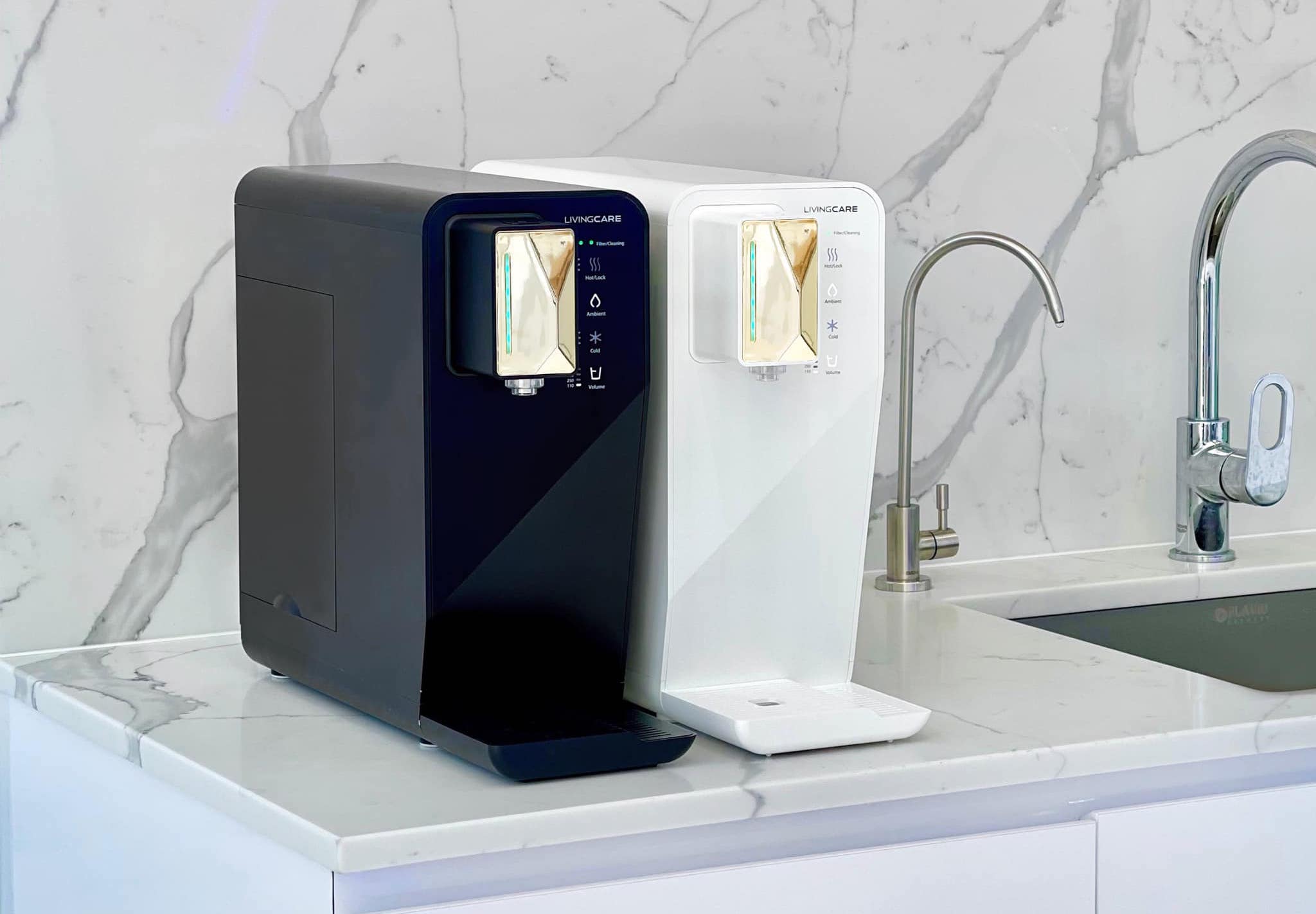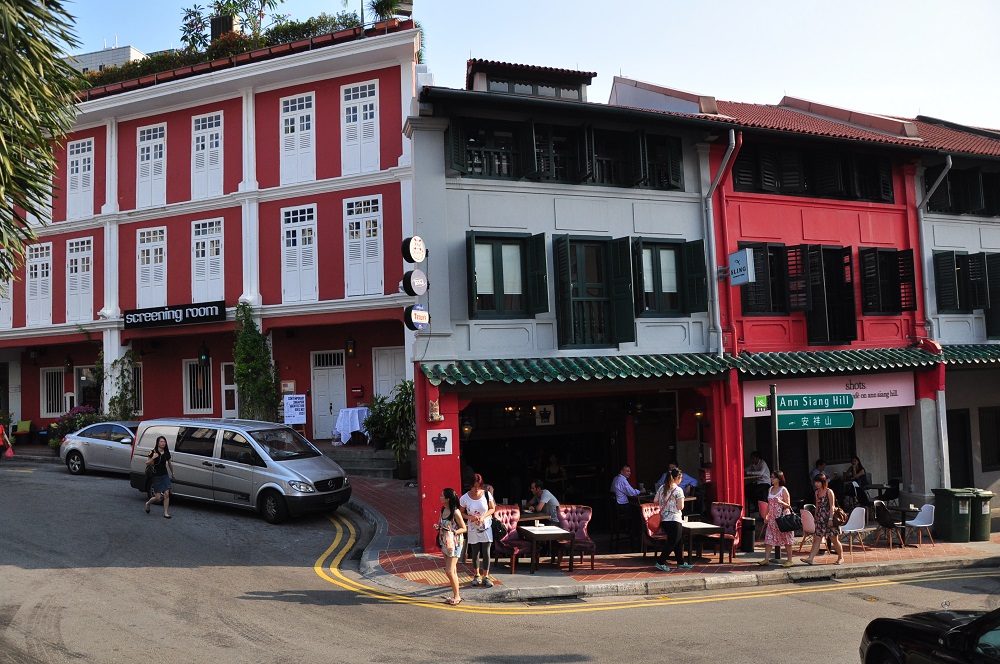Just four years after the inception of Jigger & Pony, the Amoy Street watering hole, along with two other bars by husband and wife team Indra Katono and Gan Guo Yi, have made the Asia’s Best Bars list at #8 (Jigger & Pony), #22 (Gibson) and #48 (Sugarhall). Here, we speak to the boss lady on how she made the transition from being a flight attendant to the co-owner of three of Singapore’s hottest bars and the biggest challenge about being in F&B.
As a child I used to ruffle in the outdoors a lot. My family had a small hobby prawn farm on Pulau Ubin so as a kid I remember going to the island a lot over the weekends.
After six years with Singapore Airlines, I felt like I wanted to do something different. But I really loved my job! If not for Jigger & Pony, I would most probably still be with SQ.
I don’t think I actually knew I wanted to become a restaurant or bar owner. It just happened. Jigger & Pony stemmed from my desire to have a place where people could gather and have a good time.
I use a lot of my experience as a stewardess in my day-to-day service. There is just an added component of being a business owner that requires me to put on a different hat sometimes—be a manager and leader and make critical decisions.
My husband and I have distinct roles within the organization—he takes care of the finance and marketing side of the business, and I am involved more with hospitality and operations.
Singapore is a regional hub in Southeast Asia. We have a very dynamic influx of personalities and ideas that contributes to the vibrancy of the cocktail scene. Over the years Singapore has slowly gained more recognition and credibility in the cocktail world, with nine of our local bars placing within Asia’s Top 50 Best Bars list recently.
Sure, the negative part of owning a nightlife empire in Singapore includes licensing issues and exponential rent increases, but the great thing is these issues can be more easily navigated than the other intangible problems you might have to face.
To rise above [oversaturated F&B] trends is to continuously innovate. Aki, our bar program director, used to always repeat “kaizen”, meaning change for better, to me and I have really taken to it.
It’s no secret that manpower is the biggest challenge our industry is facing. We are not excluded from this and have spent a lot of time building our people pipeline.
In order to overcome this we have invested heavily in our people. Some of the initiatives include mentorship programs, buddy systems, performance reviews and external trainings. The program we choose really depends on each individual’s needs.
Culturally, I do not think bartending is a career most local parents would promote for their daughters, which could perhaps explain why there aren’t as many women bartenders in Singapore.
It is great that our hawker culture is getting a lot of attention right now. I certainly feel there is room in the market where high-quality hawker food can command premium prices, in upmarket food centers and in restaurants. That way, we balance the need for affordable everyday food, and the economic feasibility for the culture to continue.





